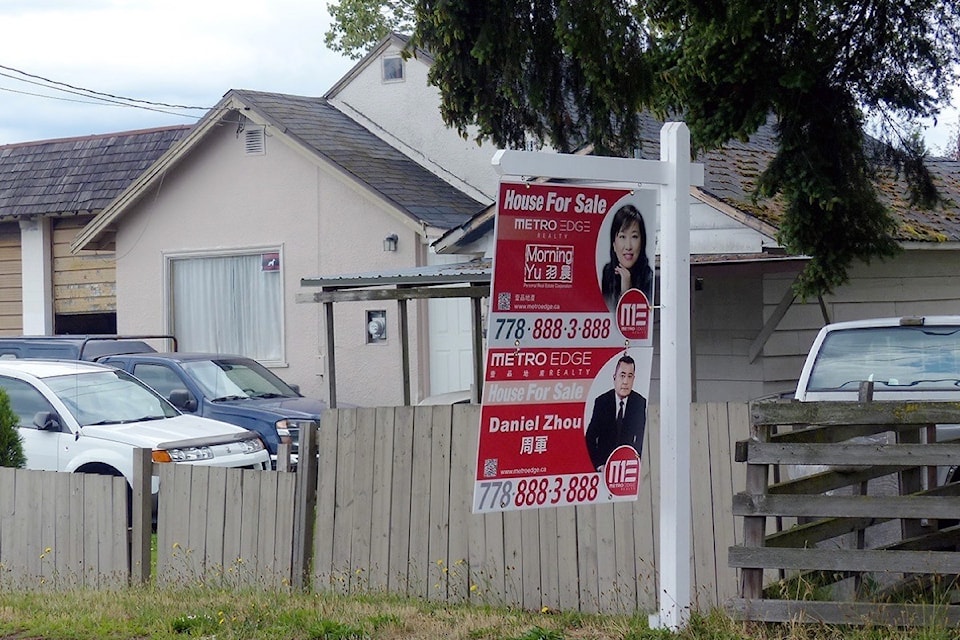The number of houses sold across the Central Okanagan is down when compared to the same time last year, but the cost to buy is on the rise.
Across the Okanagan region of Revelstoke to Peachland there were 1,132 homes sold, which is six per cent fewer sales than this time last year, reports the Okanagan Mainline Real Estate Board.
“Spring is typically a busy market and the May indicators certainly reflect that,” said OMREB President and Central Okanagan realtor, Tanis Read, in a press release.
“While we haven’t hit the sales volumes we saw this time last year, we’re not far off the peak of 1263 sales last June.”
The average price of a home this May was $513,492, which crept past last year’s high of $486,636 recorded last May. The average time it takes to sell a home, was 73 days in May, as compared to 75 days in April and 77 days this time last year.
“We are seeing the effect of an increase in demand without the inventory of homes for sale to support it,” said Read.
While the lack of inventory may be easing, Read points out that the ratio of home sales to active listings, a measure of balance between supply and demand in the housing market, is currently 28 per cent in the region, and that a ratio above 20 per cent typically indicates a sellers’ market.
“Consumers will likely find rising prices, short turn-arounds between when a property is listed and when it is sold and multiple offer situations – all of which make for conditions that are challenging to navigate,” said Read.
As for who’s buying in the region, OMREB reports that largest percentage continues to be those who reside in the region, accounting for 56 per cent, with Lower Mainland/Vancouver Island buyers at 20 per cent, and Albertans at 8.5 per cent, according to a Buyers Survey of homes sales that closed in April. Those moving to a similar-type property were 19 per cent of buyers, closely followed by first time buyers at 18.5 per cent
“The large majority of home buyers are people who already live here, with two-parent families with children and first-time buyers always a healthy percentage,” said Read.
“Contrary to what some may think, those buying for investment purposes and foreign buyers typically make up a small portion of the total buying population, with the latest survey data showing these groups at 14 per cent and one per cent respectively.”
For detailed statistics specific to each of the three regions served by OMREB, visit www.omreb.com.
